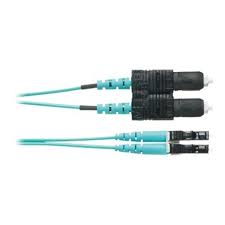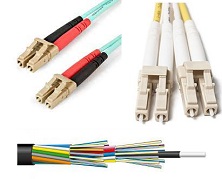Mechanical Products Parts:
OPTICAL FIRE CABLES
 IBS Electronics is a distributor of fiber optic cables which include ribbon in loose tube cables, indoor/outdoor loose tube cables, ribbon central loose tube cables, armored center loose tube cables, unarmored loose tube cables, single armor/single jacket loose tube cables, indoor/outdoor central loose tube cables, zipcord cables and simplex cables.
IBS Electronics is a distributor of fiber optic cables which include ribbon in loose tube cables, indoor/outdoor loose tube cables, ribbon central loose tube cables, armored center loose tube cables, unarmored loose tube cables, single armor/single jacket loose tube cables, indoor/outdoor central loose tube cables, zipcord cables and simplex cables.
IBS Electronics offers TAA Compliant fiber optic cables. Our partners can custom build any length and type of fiber you need and we'll ship the order typically within a few days. In addition, we are taking extreme caution to ensure that every shipment is properly sanitized for your peace of mind.
- Showa Electric*
- Asahi
- Lucina
- Showa Electric
 Fiber optic cables play a crucial role in modern electronics and telecommunications, offering a high-speed and efficient means of transmitting data.
A fiber optic cable is a network cable that contains strands of glass fibers inside an insulated casing. They're designed for high performance data networking, and telecommunications. Compared to wired cables, fiber optic cables provide higher bandwidth and transmit data over longer distances. Fiber optic cables support much of the world's internet, cable television, and telephone systems.
Fiber optic cables play a crucial role in modern electronics and telecommunications, offering a high-speed and efficient means of transmitting data.
A fiber optic cable is a network cable that contains strands of glass fibers inside an insulated casing. They're designed for high performance data networking, and telecommunications. Compared to wired cables, fiber optic cables provide higher bandwidth and transmit data over longer distances. Fiber optic cables support much of the world's internet, cable television, and telephone systems.
-
Basic Structure: Fiber optic cables consist of thin strands of glass or plastic known as optical fibers. These fibers are designed to carry light signals over long distances with minimal signal loss.
-
Light Transmission: Unlike traditional copper cables that transmit electrical signals, fiber optic cables use light signals for communication. Light signals travel through the core of the optical fibers, bouncing off the inner walls due to total internal reflection.
-
Advantages:
- High Bandwidth: Fiber optic cables have a much higher bandwidth compared to traditional copper cables, allowing for the transmission of large amounts of data.
- Low Signal Loss: Light signals experience less signal loss over long distances in fiber optic cables, resulting in higher quality and reliability.
- Immunity to Electromagnetic Interference (EMI): Fiber optics are not affected by electromagnetic interference, making them suitable for environments with high EMI.
- Lightweight and Compact: Fiber optic cables are lightweight and take up less space compared to copper cables, making them ideal for situations where space is a concern.
-
Types of Fiber Optic Cables:
- Single-Mode Fiber (SMF): Designed for long-distance communication, single-mode fibers allow a single mode of light to propagate through the core.
- Multi-Mode Fiber (MMF): Suited for shorter distances, multi-mode fibers allow multiple modes of light to propagate through the larger core.
-
Applications in Electronics:
- Telecommunications: Fiber optic cables are widely used in telecommunications networks, including long-distance and high-speed data transmission.
- Data Centers: Fiber optics are commonly used for connecting servers and networking equipment within data centers due to their high data transfer rates.
- Internet Connectivity: Many internet service providers use fiber optic cables to deliver high-speed internet to homes and businesses.
- Audio and Video Transmission: Fiber optics are utilized for transmitting high-definition audio and video signals in applications such as home theaters and professional audiovisual setups.